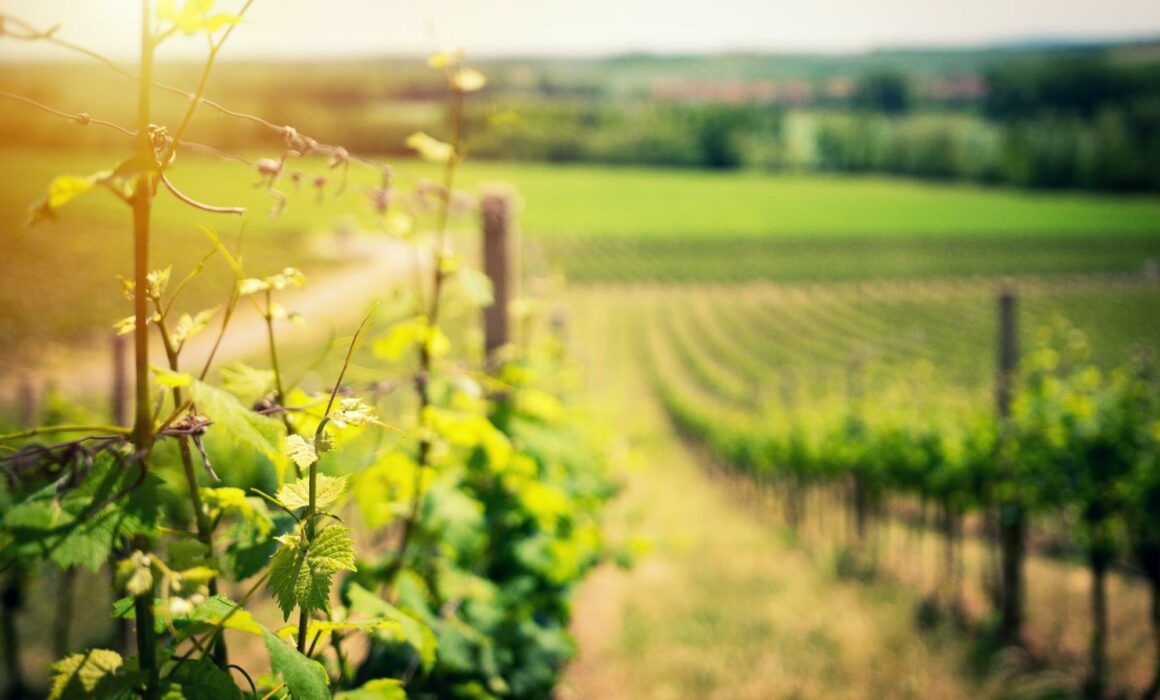A Red Wine for Every Season. Find out when the Cabernet Sauvignon is most popular
Have you ever wondered how the season and wine are connected? The season matters in the production of the wine and can sometimes influence when you want to consume a specific type of wine. Perhaps, you’ve noticed already that during hot and sunny days, you are more inclined towards light and refreshing white wines, sparkling wines, or rosé wines with a sweeter flavor, while on rainy and cool days, you find red and denser ones more appealing.
In this article, we will shed some light on the four wine seasons in the vineyards, the work done before the wine is filled up into bottles, and the specifics of the harvest season in Napa Valley. Then, we’ll see how certain red wine profiles may pair better with specific seasons and share the selections of seasonal wines worth trying.

Understanding wine growing lifecycle
Wine production is a year-round work in vineyards, the apogee of which is the harvest. Therefore, the vineyard staff works hard throughout the year to achieve the desired result.
Let’s see what the annual grape growing cycle looks like and what winemakers do in the vineyard in winter, spring, summer, and fall.
Winter
In winter, the vines are dormant, with no foliage, while their roots burrow into the soil, consuming nutrients. Snow, in this case, serves as a natural security layer protecting the vines against ice temperatures while keeping them in their hibernation.
Dormancy time involves extensive manual work for the vineyard staff — in particular, grapevine pruning. Timely pruning of grapes helps vineyard crews increase the overall yield of the vineyard and make the berries larger and juicier. In addition, pruning contributes to the appearance of young solid shoots that will give a bountiful harvest next year.
Spring
Spring is the beginning of a new grape-growing season and the time for planting new vines.
In spring, vineyard crews move and mulch vines for the first time in a year. Mulching involves cutting the grass off and leaving it in the vineyard to protect the soil and supply it with nutrients. Like snow in winter, “mulch” in spring is a natural security layer to safeguard the soil against external factors like dryness or wind.
The first buds appear in spring when the vines come out of dormancy.
Summer
By summer, clusters of grapes appear on the vine, and the task of winemakers is to monitor vines and grape development. In late summer, grapes ripen, becoming softer and taking on color. To ripen, grapes need exposure to sunlight. Evening coolness contributes to maintaining balanced acidity.
Throughout summer, the vineyard staff continues moving and mulching vines. With that, winemakers take care of the foliage, providing optimal air supply to the vines. Foliage care involves leaf thinning to maintain an optimal form of the vines’ growth.
Fall
As fall comes, it means the beginning of harvest time when vineyard crews pick the grapes. In most cases, they use grape harvesting machines, although in some cases, they pick grapes by hand.
Vineyard crews pick the grapes early in the morning, late in the evening, or at night to avoid the day’s heat and to deliver the grapes to the winery as chilled as possible. Such an approach prevents the unwanted increase in the wines’ acid levels.

Photo by Gonzalo Acuña
Wine harvest season basics
As the culmination of the grape growing cycle, harvest time is an important event for winemakers. Wine producers across the globe often celebrate this great time of the year.
Now that you know what it takes to get a high yield of good quality grapes, let’s look through the basics of the harvest season.
When is grape harvested?
The grape harvest period can vary significantly across regions. In the northern hemisphere, most grape varieties ripen between August and November, while in the southern hemisphere, they ripen between March and August. The Napa Valley, the harvest season typically lasts from August to November.
It is worth mentioning that different grape varieties ripen at different rates. Therefore, the grape harvest season takes place in several stages. First come sparkling wine grapes picked in early August. Next come white wine grapes like CA Chardonnay and Sauvignon Blanc. Finally, Petite Sirah and Cabernet Sauvignon grapes take more time to reach optimal ripeness, so their harvesting is in late October.

How to know when to harvest?
The most important decision wine producers make when to start harvesting. Winemakers decide when to start the harvest based on grape ripeness and weather.
From the first day of grape ripening, wine producers carefully monitor vines to prevent overripeness and damage to the crop. In the weeks close to the average picking time, it is essential to keep track of the sugar and acid content of the grapes, as well as the general condition of the grapes. Experienced winemakers determine the ripeness of grapes based on their professional sense of taste plus technical facilities.
The weather should favor the start of the harvest season. If the grapes are not ripe, winemakers may leave the bunches on the vine until they are fully grown. Some grape varieties are sensitive to harvest time, while the Cabernet Sauvignon endures more patiently.
Planning to visit wine country? Do it during the harvest season
If you plan a wine region trip, visit it during the harvest season. Why? First, the weather is still great, and you can enjoy scenic walks. Second, the grapes are ripe, so that you can get familiar with different varieties. Third, there are many events and activities to visit, like wine tastings and exhibitions organized by wineries. Many wine regions have a tradition of wine festivals: this is how locals celebrate the importance of the wine industry for their lives, not only for the economy but also for culture.
Why does a season matter when choosing wine?
We’ve covered the role of the season in wine production. Now, what about seasonal wines? Ever noticed that certain wines may taste better during certain seasons?
Just like grape growing times and harvest seasons vary across grape varieties, your mood, feelings, and seasonal meals also differ throughout the year.
Temperature outside
Giving preference to this or that type of wine, we often unconsciously choose based on what is happening outside the window. In winter, most of us prefer dense wines served, not very cold. In summer times, you will most likely opt for chilled refreshing wines.

Wine weight and texture
As a rule, in summer, we want to quench our thirst and chill out, while in winter, we want to warm up and relax. To meet these objectives, look for wine properties like texture and density. For example, crisp white and light fruity red wines are good for summer, while full-bodied wines rich in tannins are ideal for winter.
Seasonal foods
In the cold season, high-calorie, “dense” foods often appear on our table, giving way to vegetables and fruits in summer and autumn. This rule also applies to the choice of seasonal wine.
Hearty dishes typical for the winter go well with bold wines. But, contrary to that, lighter foods like grilled fish or a creamy pasta salad pair well with light-bodied wines.
Wondering what red wine selection to stock for this or that season? Then, let’s get into our seasonal wine guide.
Spring wines
As spring is a time for renewal, most of us are willing to raise our vitality during this season. It’s also a great time to experiment and try something new.
Since the weather outside and other circumstances may vary throughout spring, your wine selections will likely change with them. For example, medium-bodied, light, refreshing wine may help you cheer up and warm up when it’s still cold outside. On the other hand, you may opt for more delicate, aromatic wines pairing well with young spring vegetables and snacks from young greens as it gets warmer.
To celebrate the end of winter, consider berry-toned Pinot Noir and lighter red wines like Beaujolais and Cabernet Franc.
Summer wines
With summer coming, it’s getting warmer outside the window, and the days are getting longer, so there are more and more reasons to go outside with friends and family. So now, how do you pick wine for the warmer months?
With the summer heat, you are probably looking for a chill-out, so you will most likely opt for a refreshing wine. The good idea is to chill it in a fridge for a few hours before serving is good. As a rule, the preferable reds for summer are lighter reds with a bright, fruity taste. They owe their refreshing effect to noticeable acid content, lower tannin, and lower alcohol content.
Fresh in-season foods like garden salads pair well with lighter wines like Beaujolais, Grenache, and Pinot Noir. Grilled shrimp would work great with chilled Red Zinfandel.
Still, exceptions are possible. For example, say you will fry a barbecue with your friends in the heat of the day. You will hardly choose to pair steaks or kebabs with a light white wine. Instead, you will likely opt for a more decadent drink like Cabernet Sauvignon or Malbec.
So, the rule here is to maintain the balance between your meal and wine. Pair lighter foods with lighter wines and hearty dishes with full-bodied wines.
Fall wines
As it gets colder, we tend to spend more cozy evenings inside. Fall celebrations like Halloween and Thanksgiving are good reasons to pick a wine bottle. So what makes a good wine selection for autumn?
In fall, wines with higher tannins derived from grape skins can give you a feeling of warmth when it’s cold outside. However, the bitterness and complexity created by tannins can be way more enjoyable in autumn than during warm seasons. So the good idea is to start the fall with lighter wines like Beaujolais or Red Zinfandel and gradually opt for full-bodied wines like Merlot that can warm you up.
Autumn wines pair well with fall spices and meat for a casual get-together or a holiday celebration. Reds like Pinot Noir, Syrah, and Red Zinfandel will complement the flavors of traditional Thanksgiving foods like turkey and stuffing.
At fall holiday parties like Halloween, wine cocktails like Grand Sangria with Merlot or Cabernet Cobbler Cocktail with Cabernet Sauvignon pair well with the festive mood. And if you’re looking for something warmer and cozier, consider making mulled wine by mixing seasonal fruits and spices with your favorite reds.

Photo by Boris Pavlikovsky
Winter wines
As it’s cold outside in winter, spending your evenings with a glass of wine in front of the fireplace would warm you up a bit. Served at warmer temperatures, winter wines especially reveal their aromas and flavors. Also, wines with higher alcohol content in winter are good for keeping you warm.
During the winter months, the composition of our menu also changes, especially given the holiday season. Thick sauces, spices, and dense meat and poultry dishes appear on your table. Wines with higher tannin levels make a good pairing with rich food.
All these factors make winter the time for stronger deep reds, richer in fruit aromas, and tart on the palate. Reds like Cabernet Sauvignon, Petite Sirah, and Malbec go well with traditional winter cuisine meat stews, stews and fried meats, poultry, and game dishes, creating a holiday feeling during long winter evenings.
Summary
As we can see, the season often influences our choice of wine. Certain styles and flavors may be suitable for a particular season or weather, while others may pair well with seasonal food.
Every season is wine season. Whether it’s cold outside or hot, the holiday season, or a quiet family evening, there is a bottle of the right wine for any occasion. With insights on red wine profiles that we’ve shared, it will be easier for you to compile your seasonal wine selections for the entire year.


